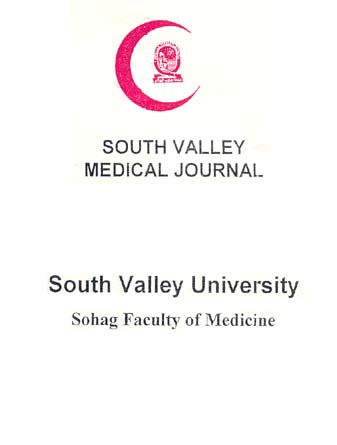Abstract
The evaluation of the subfertile man has changed with the advent of noninvasive imaging techniques. We used high resolution transrectal ultrasound early in the evaluation of 25 men 24 to 35 years old with probable ductal obstruction represented by azoospermia or severe oligospermia (less than 1 million sperm per cc) and low volume ejaculate. Of these patients 13 were found to have a post-testicular obstructive cause including ejaculatory duct obstruction (5), voluminous seminal vesicle dilatation with obstruction (3), seminal vesicle aplasia (2), nonpalpable vas (2) or epididymal obstruction (1). The other 12 men had either a varicocele (8) or testicular failure (4). Except for vasal or epididymal pathology, the other causes of post-testicular azoospermia presented with an ejaculate volume consistently less than 1.0 cc. All 10 patients with low volume and an abnormal ultrasound had normal follicle stimulating hormone levels and testicular biopsy findings. Sonography not only was helpful in establishing the diagnosis but also in determining the distal extent of the obstruction. Transrectal ultrasound is an important noninvasive diagnostic tool that minimizes the need for more invasive studies in the evaluation of azoospermia, particularly when associated with low ejaculate volume.


